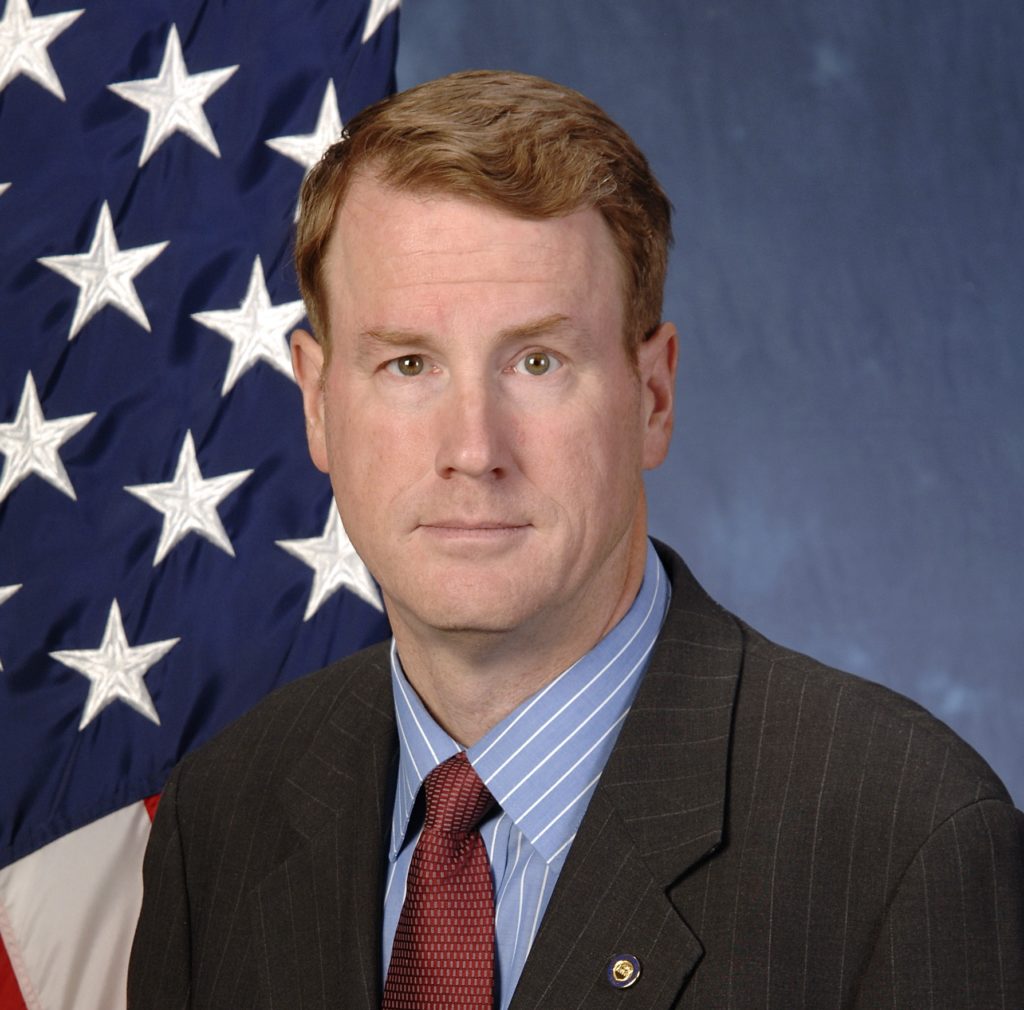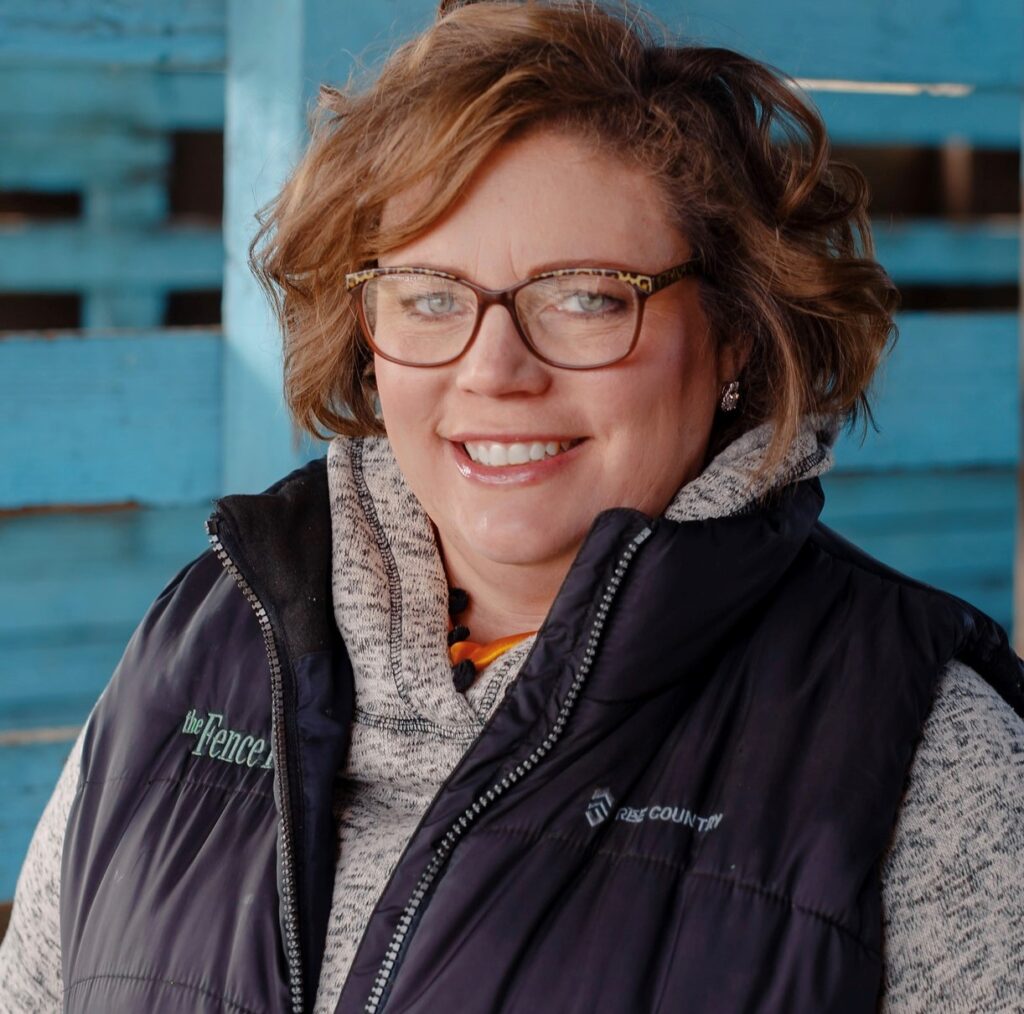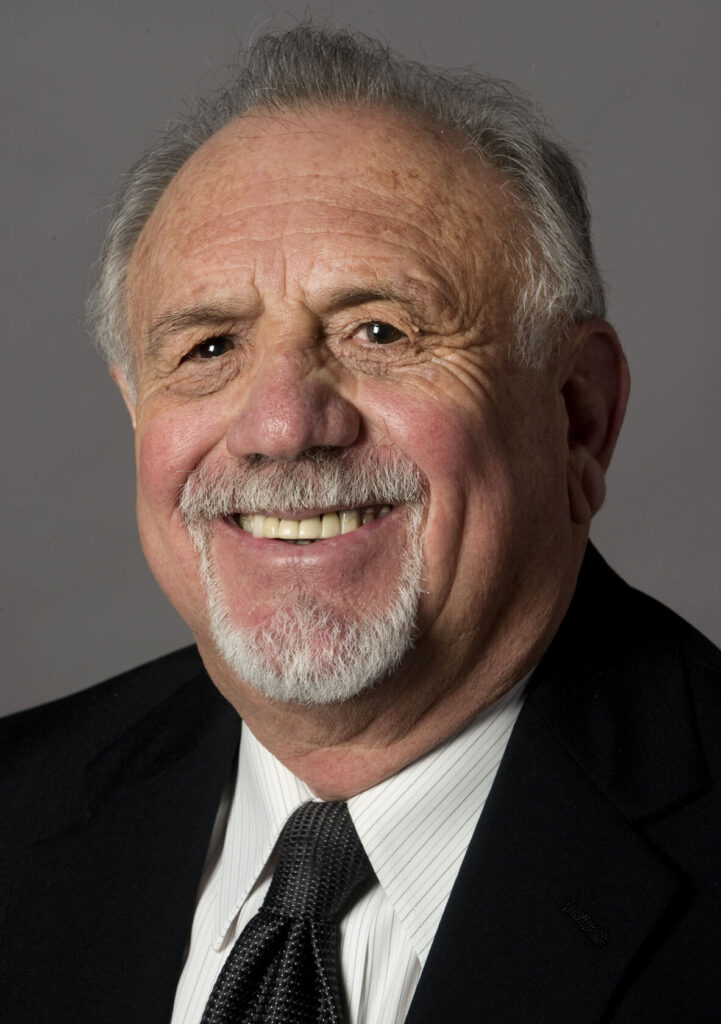Time for truth-telling about Colorado’s collaborative wolf reintroduction | PODIUM

James Pribyl
“Collaboration, not catastrophe” was the plea from Tim Ritschard, president of the Middle Park Stockgrowers Association, to the Colorado Parks and Wildlife (CPW) Commission at its meeting last month in Lamar, as he sought to move consideration of the stockgrowers’ petition for various livestock-predator co-existence tools to be in place before the next introduction of wolves in January 2025, to the head of the line.
“Collaboration” is exactly what Jeff Davis, executive director of Colorado Parks and Wildlife, offered the stockgrowers and all Coloradans interested in restoration of this historic keystone species, when he established the Ad Hoc Wolf-Livestock Coexistence Working Group and announced on Dec. 9, the launch of CPW’s robust Conflict Minimization Program.
Working with the Colorado Department of Agriculture, CPW is offering stockgrowers conflict mitigation tools including ranch site vulnerability assessments; doubling the number of conflict-reduction experts; creating a Range Rider program; instituting carcass management best practices; and, defining Chronic Depredation, a stockgrower priority. Dozens of vulnerability assessments have already been conducted at the request of Colorado ranchers.
Stay up to speed: Sign up for daily opinion in your inbox Monday-Friday
Just this week, CPW, in conjunction with the Colorado Department of Agriculture, the U.S. Department of Agriculture and CSU Extension, conducted the last of seven clinics across western Colorado to inform ranchers of the variety of state- and NGO-paid assistance to ranchers who may encounter predators.
Thus, Davis fulfilled the commitment he made at the November Commission meeting to deploy conflict minimization tools before the 2025 wolf releases.
Since the initial wolf introductions last winter, CPW and NGOs have provided conflict mitigation tools — including fladry, noise, fox-lights, cameras, electric fencing, drone and guard-dog deployment. The “Born to Be Wild” license plate, initiated by the Rocky Mountain Wolf Project, will raise more than $600,000 this year to help fund CPW programs.
Also, Colorado offers the most generous wolf predation compensation to livestock producers in the United States, granting taxpayer payments of up to $15,000 per animal. The Commission chose the lowest standard of proof— “the preponderance of evidence” to determine liability, essentially 51%.
As Davis pointed out, more wolves on the landscape will encourage mature pack formation and, therefore pack hunting of natural prey — elk and deer. Packs, in turn, establish and protect their territories, rather than wandering great distances in search of fellow wolves.
It’s time for truth-telling about Colorado’s first-state-in-the-nation, publicly mandated wolf restoration program.
Stockgrowers, following the playbook they established during federal wolf restoration 35 years ago in the northern Rockies, are promoting the false narrative our wolf recovery is a “catastrophe.” That fiction, promoted by the anti-wolf coalition of big game outfitters, hunting advocates and some politicians, ignores well-proven facts: Wolves are the least threat to Colorado’s livestock industry.
Consider two facts:
Colorado has been home to about 2.6 million cattle and sheep for decades. Exactly 25 head of livestock have been lost to wolves since last winter’s introduction, mostly in a limited area, attracted, in part, by a carcass pit, and a few ranchers reluctant to employ conflict minimization tools offered by CPW. Though any loss is regrettable, two dozen animals out of 2.6 million is hardly a “catastrophe”.
Moreover, last week, nearly 200 head of cattle were reported “rustled,” that is stolen, near Meeker. That’s 10 times the loss to wolves.
CPW leadership deserves credit for resolving the Middle Park depredations by relocating the Copper Creek Pack. Yet, despite humanely solving this problem, the agency was criticized, presumably because CPW chose not to kill wolves.
In contrast to the “catastrophe” narrative, CPW has been recognized by the national Association of Fish and Wildlife Agencies (AFWA) with its prestigious 2024 Ernest Thompson Seton Award for its wolf restoration program.
As the Stockgrowers’ ask: wolf advocates, ranchers, hunters and Coloradans should “collaborate” to ensure our historic initiative in endangered species conservation is a success.
Coloradans should be proud of the work of the CPW Commission, Director Jeff Davis, his leadership team and the dedicated public servants at the agency, working to restore this native species and protect the livestock industry.
James Pribyl is chair of Colorado Nature Action, dedicated to the protection of threatened wildlife species. He is a former chair of the Colorado Parks and Wildlife Commission and has served on the Colorado State Parks and GOCO boards. He splits his outdoor time between Frisco and Louisville.











